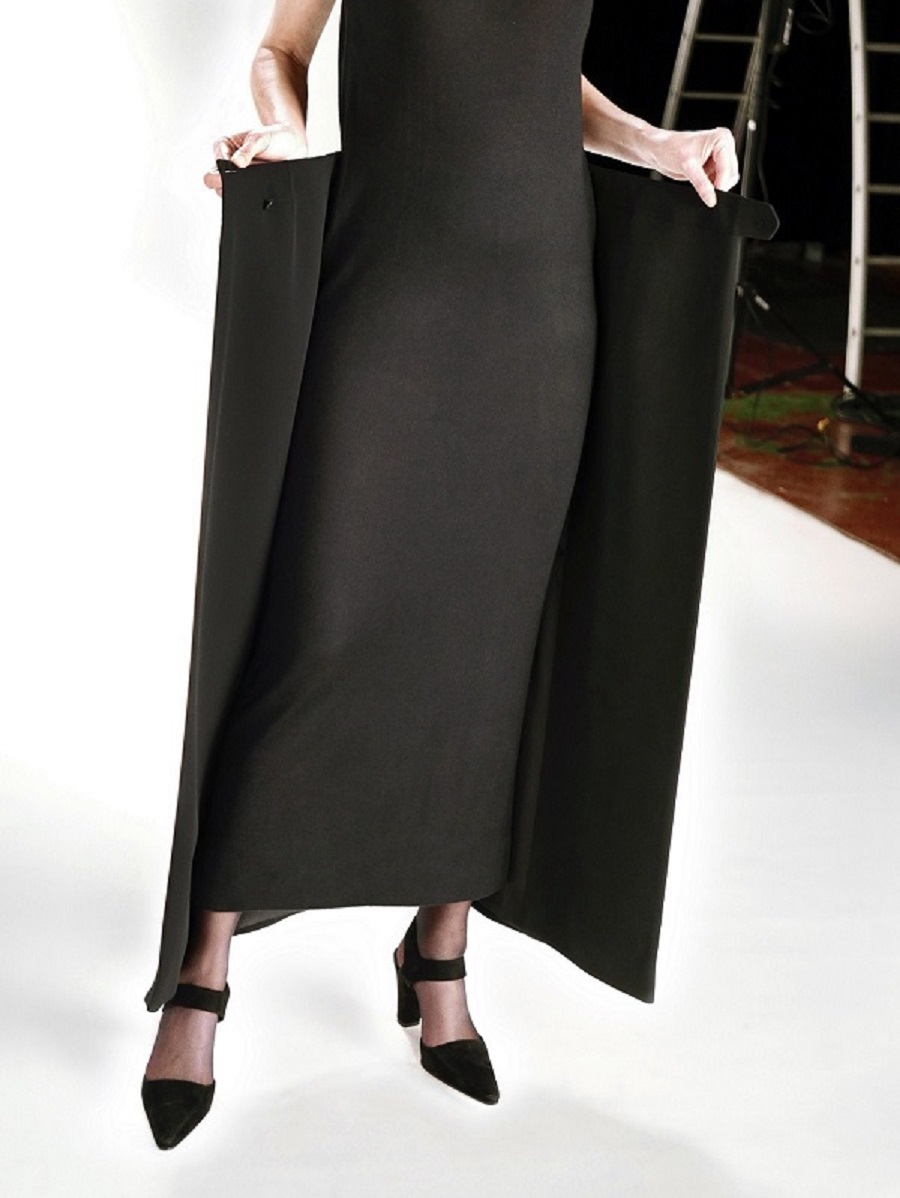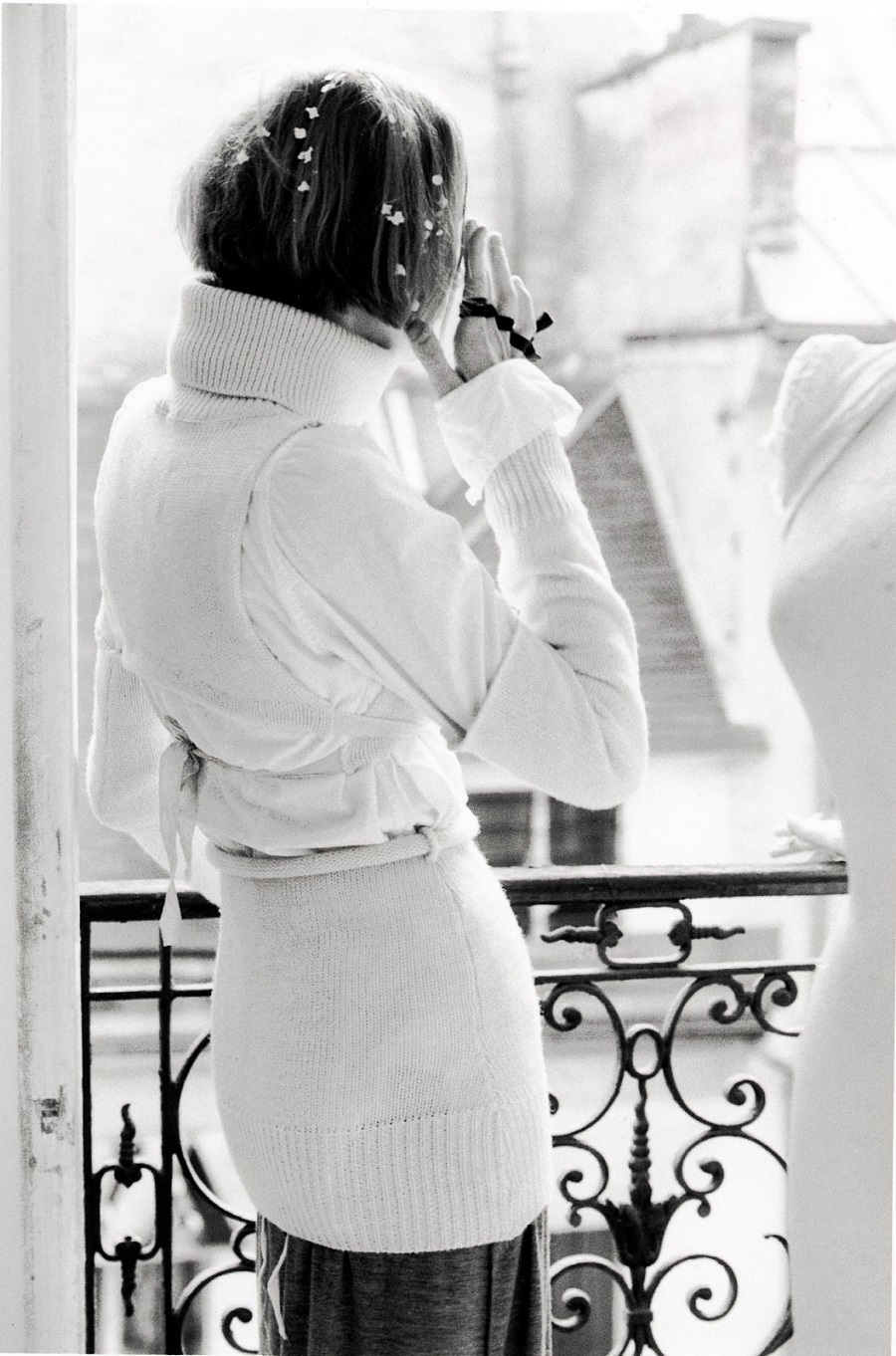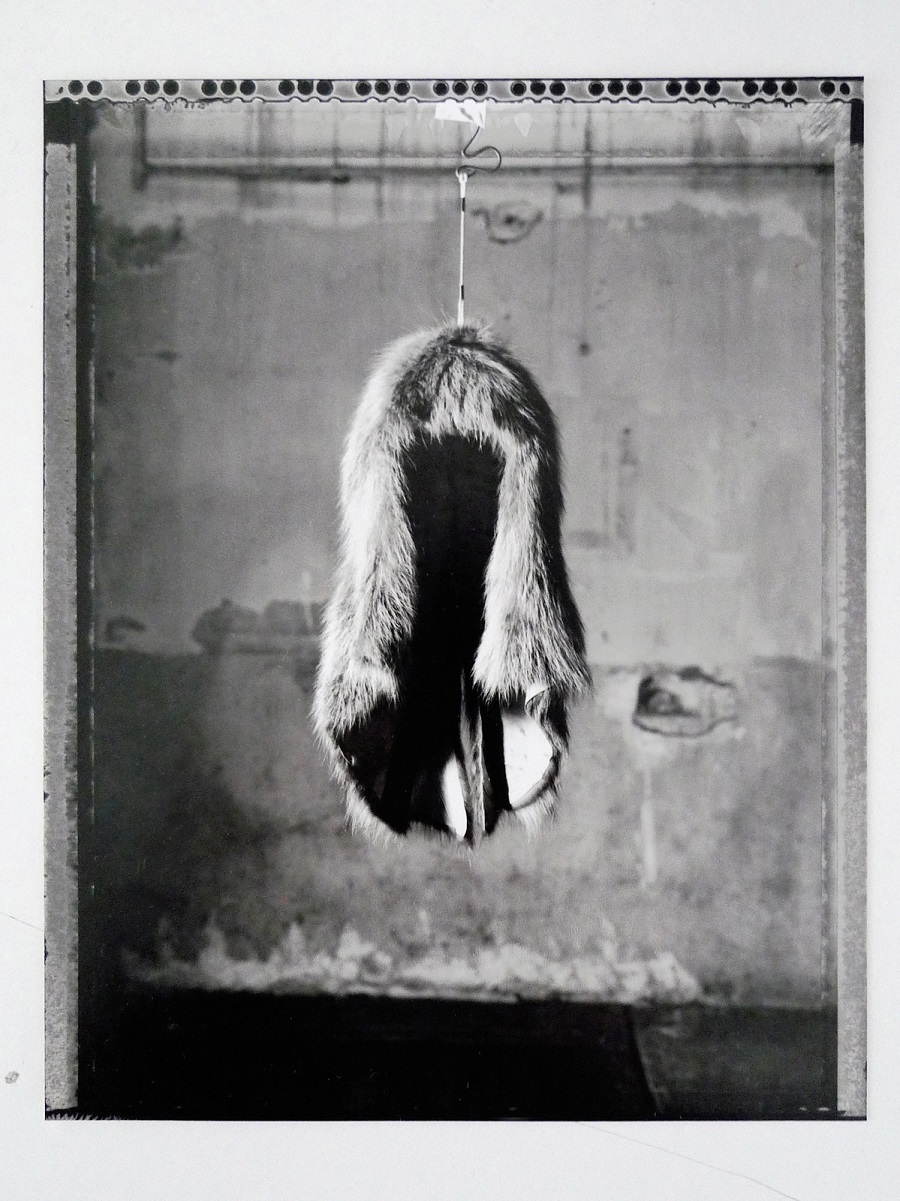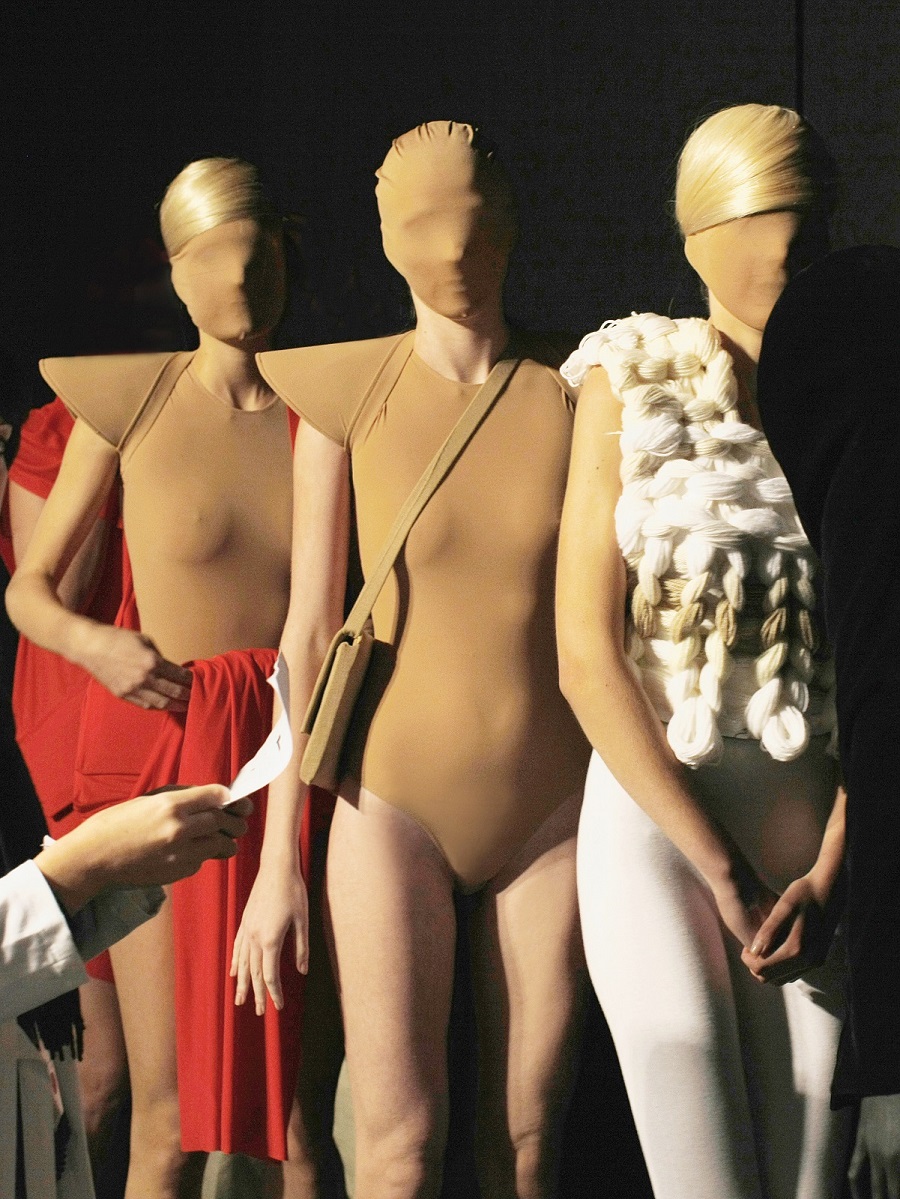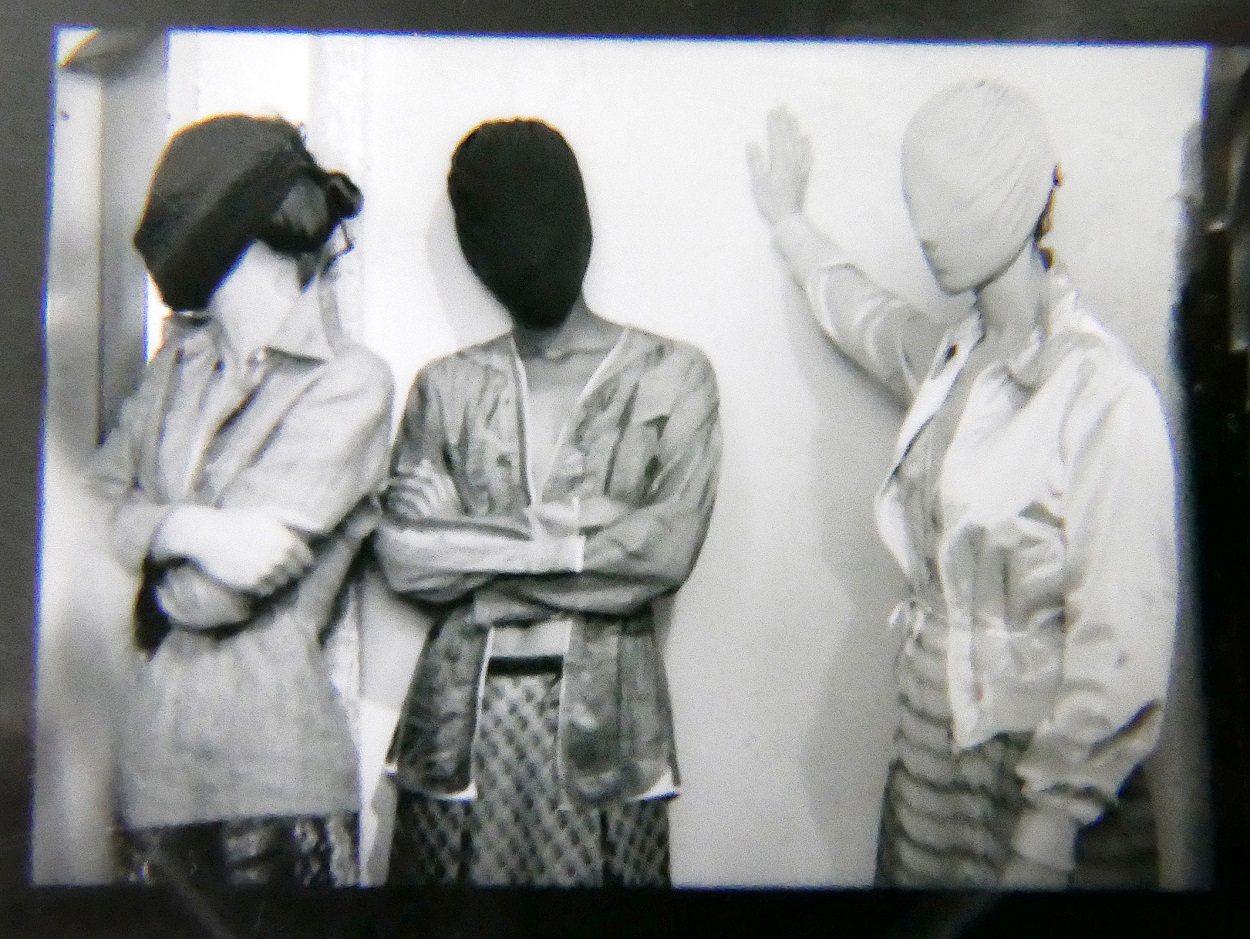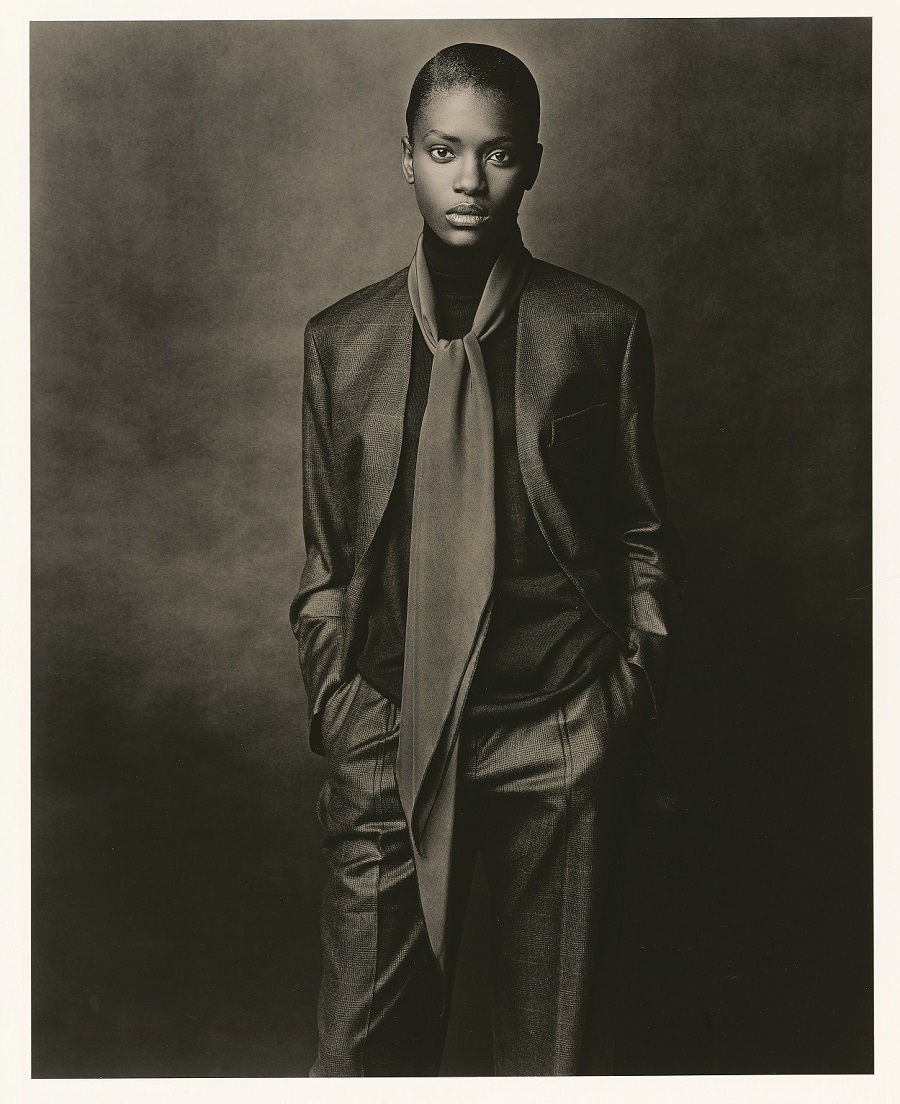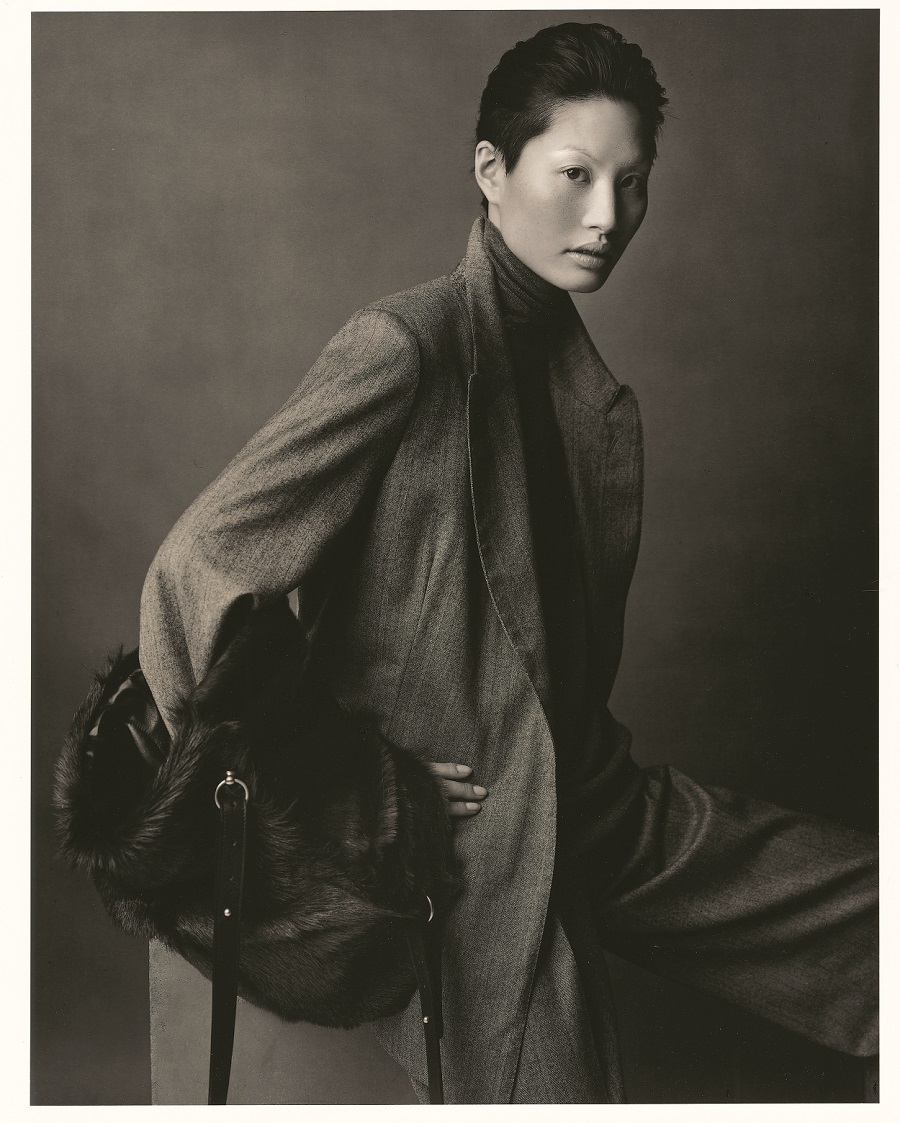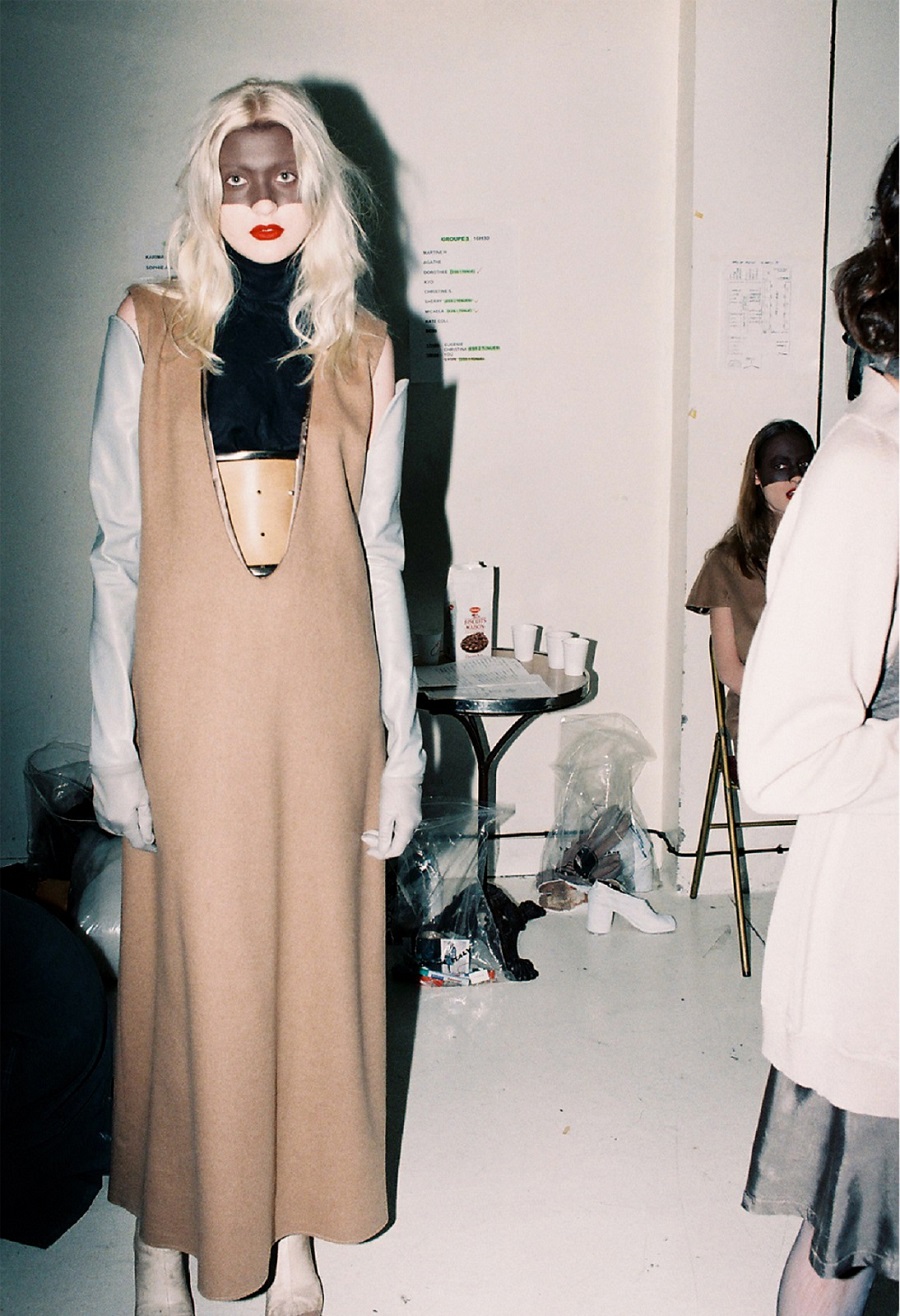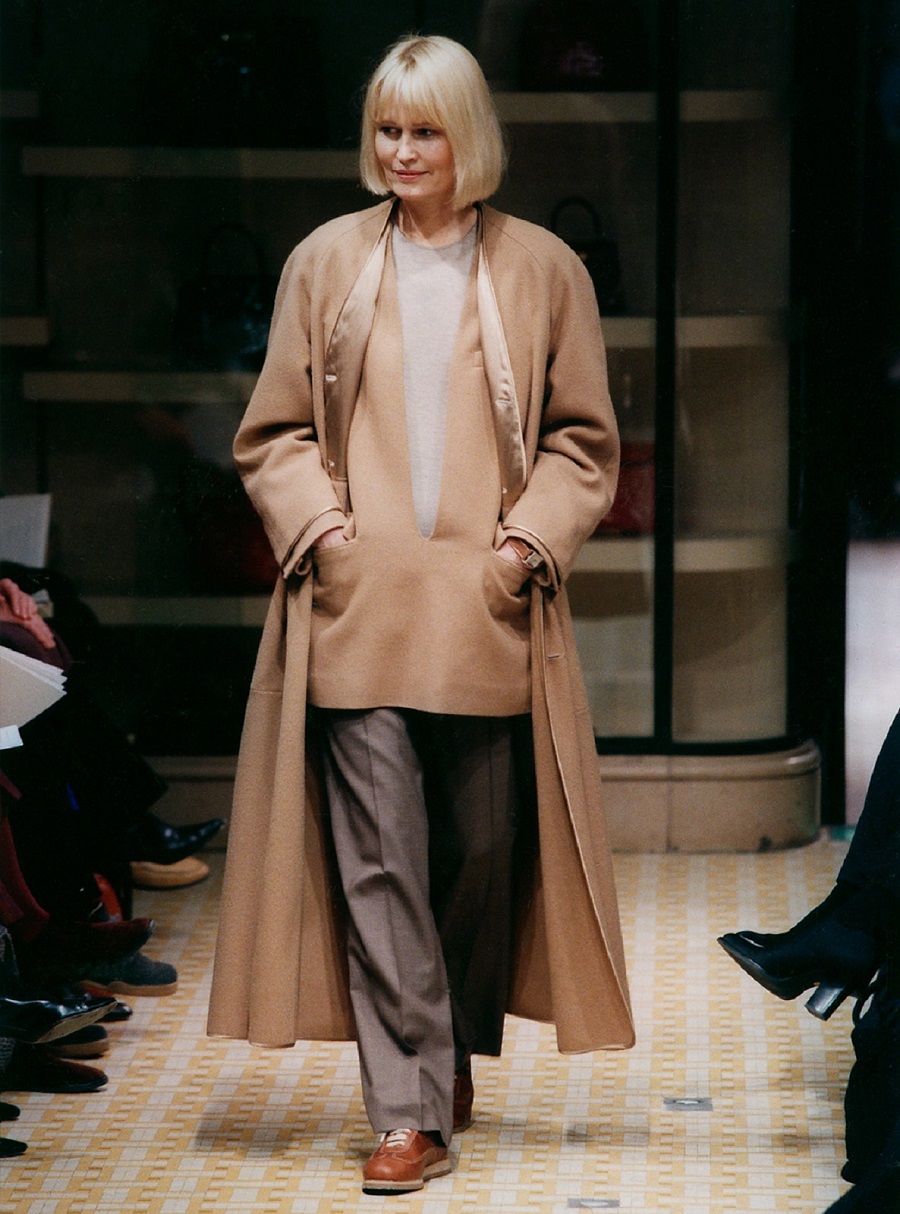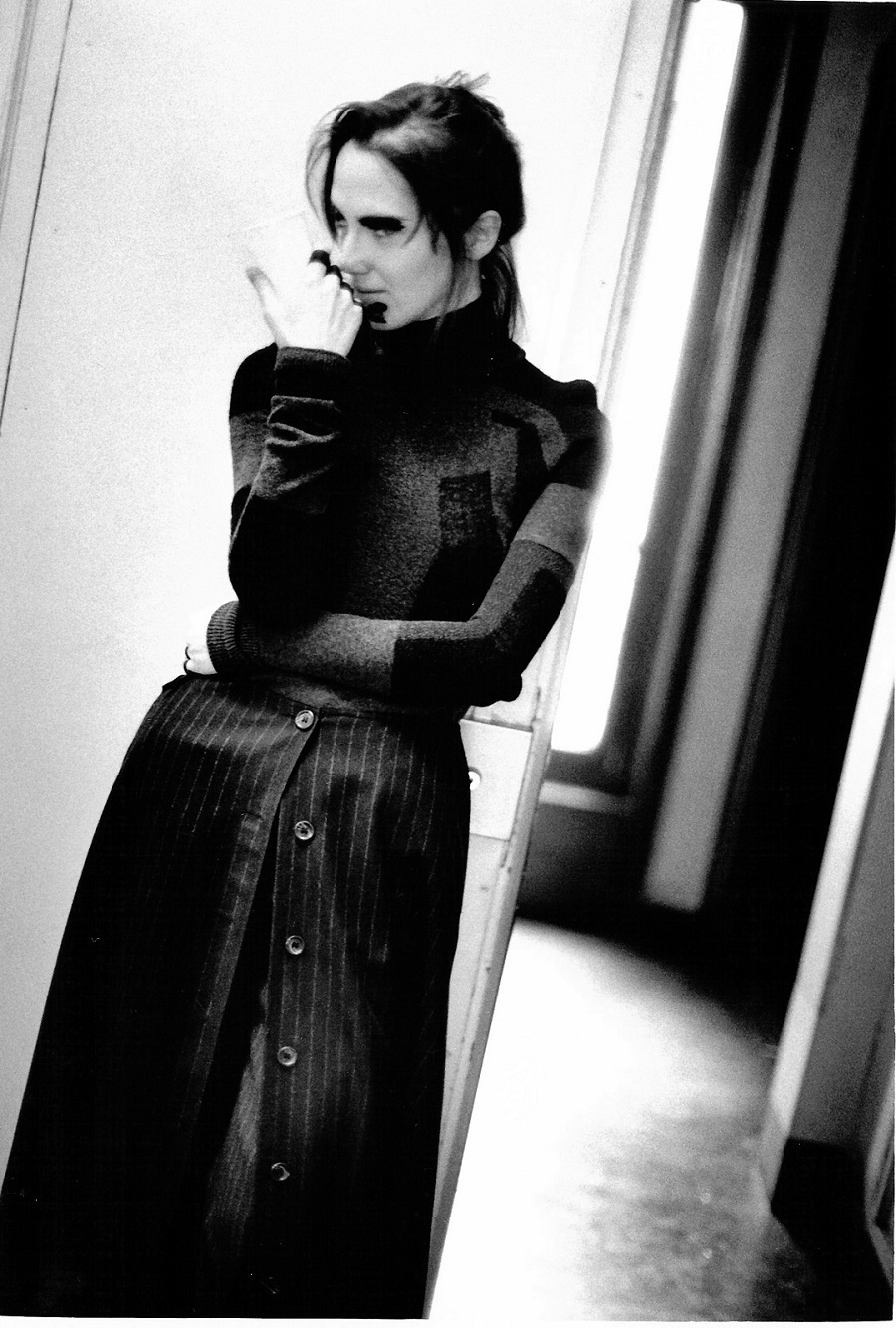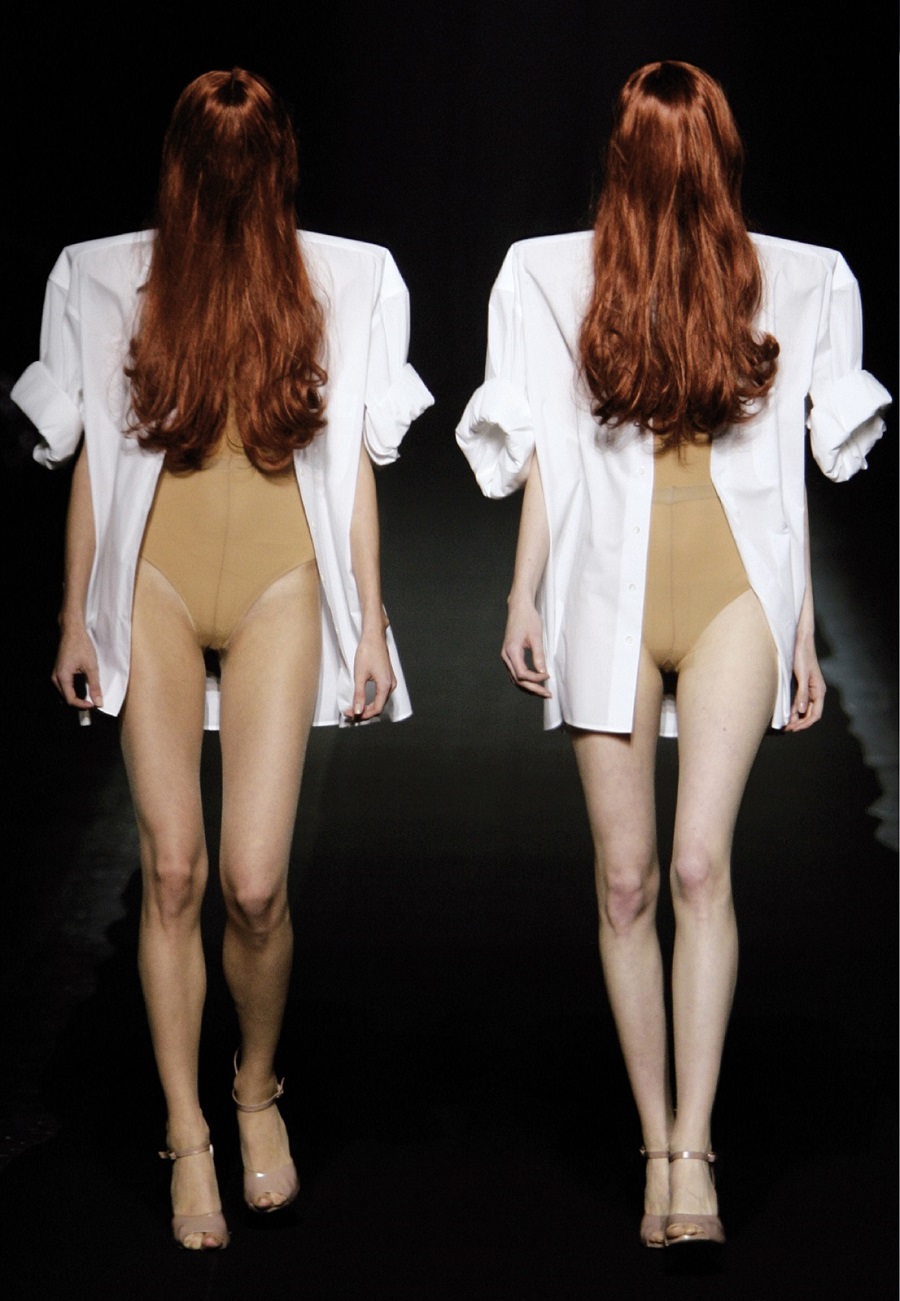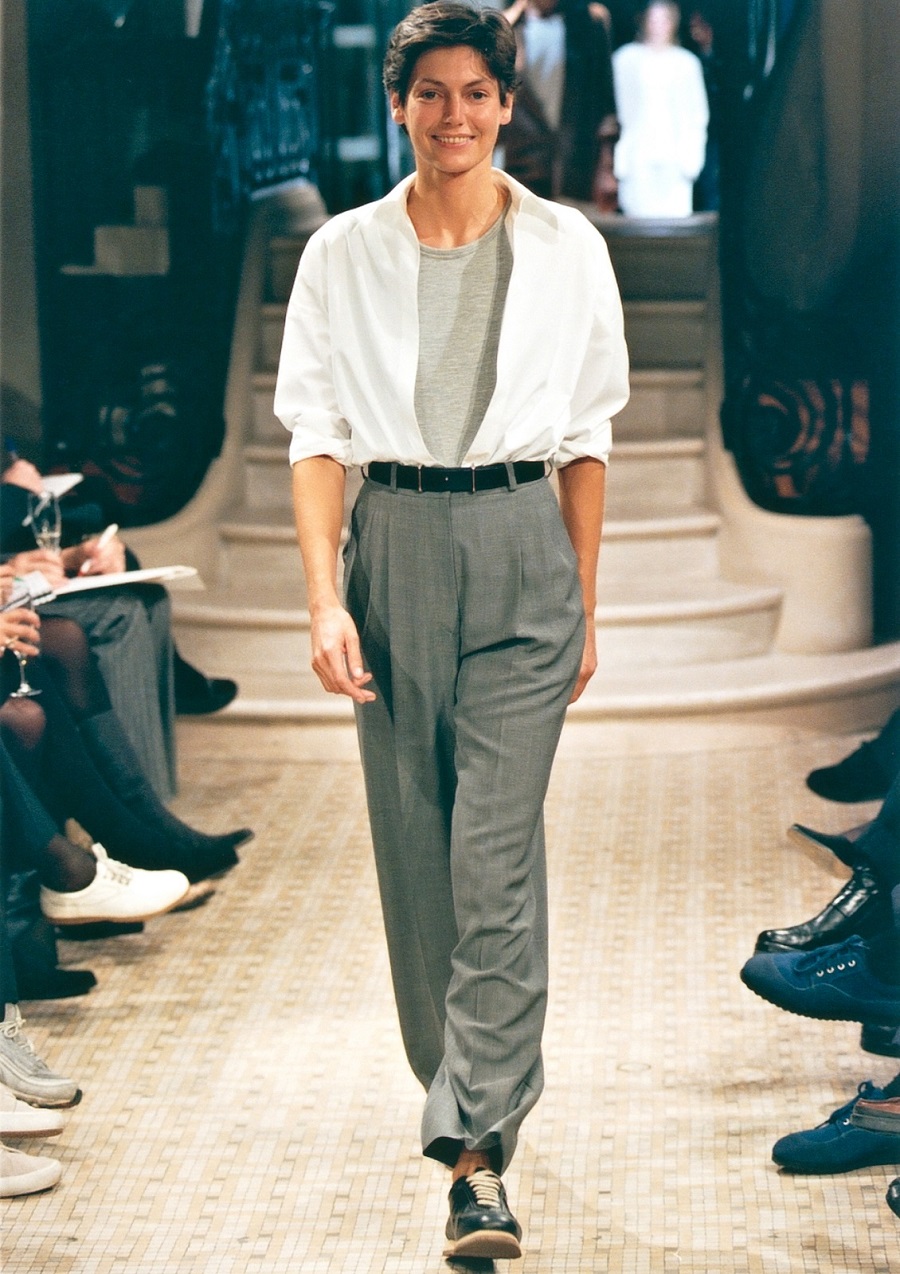In the 1900s, a mix of obscure, radical, and daring designs began to rise to the forefront—or at least to the bleeding edge—of fashion. John Galliano reinvigorated haute couture with his imaginative, exotic visions at Christian Dior; Tom Ford brought sex appeal to Gucci; Rei Kawakubo pioneered a renegade, gender-bending spirit at Comme des Garçons; and then there was the Belgian-born designer Martin Margiela, who experimented with deconstruction, oversized silhouettes, monochromatic fabrics, and the modification of vintage pieces.
To many at the time, Margiela’s work was an enigma, and for the elusive designer, this was partly the point. Former Hermès CEO Jean-Louis Dumas was among those intrigued by Margiela’s unconventional yet pragmatic modus operandi, and named him the artistic director of women’s ready-to-wear at Hermès in 1997. The iconoclastic designer went on to produce 12 collections over six years for the house, introducing a new wave of classic, understated, and adaptable styles. Margiela’s work for Hermès was the antithesis of the over-sexed, vivid collections that permeated so much of fashion during that time.
A traveling exhibition bringing Margiela’s rich history at Hermès to light, “Margiela: les années Hermès”—which debuted at the Mode Museum in Antwerp last year—will soon arrive in Paris at the Musée des Arts Décoratifs/MAD. Marie-Sophie Carron de la Carrière, MAD’s chief curator, was extremely familiar with Margiela (having collected his designs 30 years ago, during her time at Musée Galliera), and collaborated closely with the designer on the show. The exhibition, she says, exemplifies “how timeless his creations are, and how the master’s hand is seen in every detail.” Among the pieces on view are photographs, short films, and more than 100 outfits displaying the dialogue between the clothing Margiela designed for Hermès and those created for his own label.
Though Margiela’s vision may not have been easily understood by his peers at the time, with this retrospective, the true essence of his work is at last seen in a larger context. “He’s working for posterity,” de la Carrière says, “to make a connection with other designers—and the next generation.”
“Margiela: les années Hermès” will be on view from March 22 to Sept. 2 at the Musée des Arts Décoratifs/MAD in Paris.

